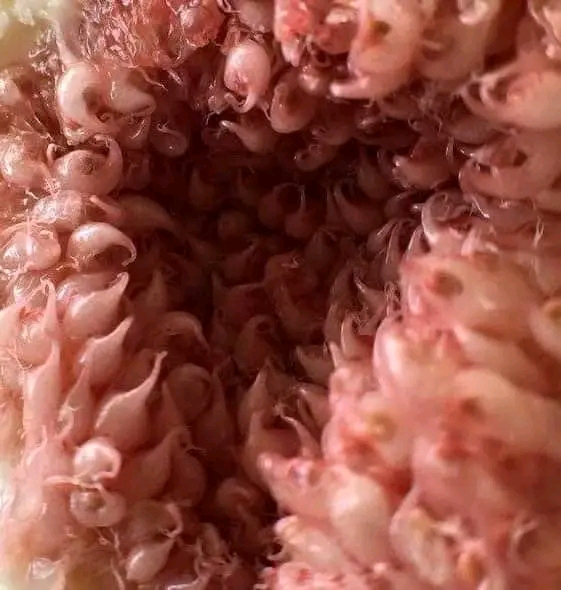Imagine waking up one morning, scrolling through your phone, and suddenly seeing the wedding invitation of someone you thought you had a future with. Maybe it was your talking stage, someone you were considering, or someone who told you they weren’t ready for a relationship. Maybe it was a person you had already fallen in love with or even someone you believed you were in a relationship with. Worse still, it could be an ex you broke up with just a few months ago. The shock, the pain, the confusion it’s a lot to handle.
At that moment, anger and hurt may take over. Questions will flood your mind. Did they lie to me? Was I just a backup plan? How did I not see this coming? You may even begin to feel like they just used you to feed their intimate pleasure. The betrayal may feel unbearable, but the truth is, no matter how painful, this might be a blessing in disguise.
Fighting the person or letting bitterness take over will not change anything. Instead, take a deep breath and remind yourself that sometimes, disappointments are God’s way of clearing your path for something better. If they were meant for you, they wouldn’t be marrying someone else.
Come o, No vex but have you even take out time to ask yourself this question?, What if the person you are toasting as a guy or considering accepting his proposal as a lady is already planning their future with someone else? It’s painful to think about, but it also means you deserve someone who truly chooses you, not someone who keeps you as an option.
Healing takes time, but let this be your turning point. Wish them well, walk away with grace, and trust that your own love story is still being written, one that will be true, intentional, and lasting. Hope this blessed you? Shalom!
Imagine waking up one morning, scrolling through your phone, and suddenly seeing the wedding invitation of someone you thought you had a future with. Maybe it was your talking stage, someone you were considering, or someone who told you they weren’t ready for a relationship. Maybe it was a person you had already fallen in love with or even someone you believed you were in a relationship with. Worse still, it could be an ex you broke up with just a few months ago. The shock, the pain, the confusion it’s a lot to handle.
At that moment, anger and hurt may take over. Questions will flood your mind. Did they lie to me? Was I just a backup plan? How did I not see this coming? You may even begin to feel like they just used you to feed their intimate pleasure. The betrayal may feel unbearable, but the truth is, no matter how painful, this might be a blessing in disguise.
Fighting the person or letting bitterness take over will not change anything. Instead, take a deep breath and remind yourself that sometimes, disappointments are God’s way of clearing your path for something better. If they were meant for you, they wouldn’t be marrying someone else.
Come o, No vex but have you even take out time to ask yourself this question?, What if the person you are toasting as a guy or considering accepting his proposal as a lady is already planning their future with someone else? It’s painful to think about, but it also means you deserve someone who truly chooses you, not someone who keeps you as an option.
Healing takes time, but let this be your turning point. Wish them well, walk away with grace, and trust that your own love story is still being written, one that will be true, intentional, and lasting. Hope this blessed you? Shalom!






